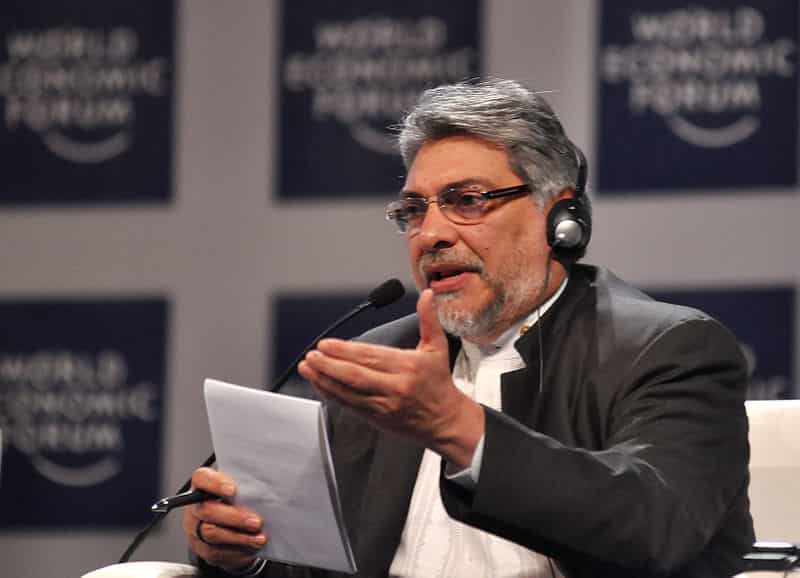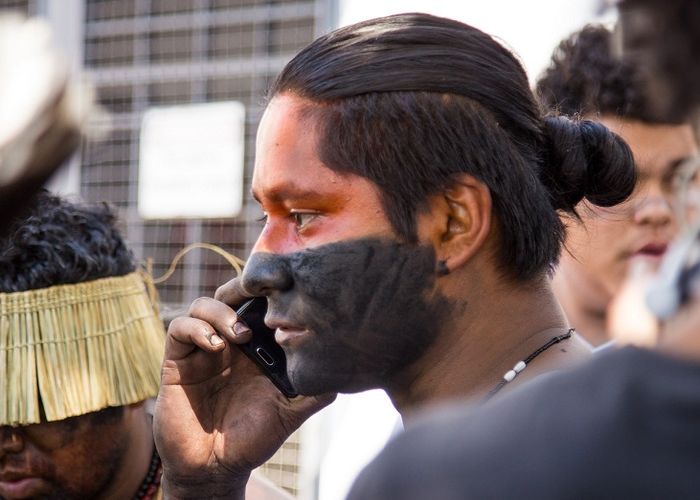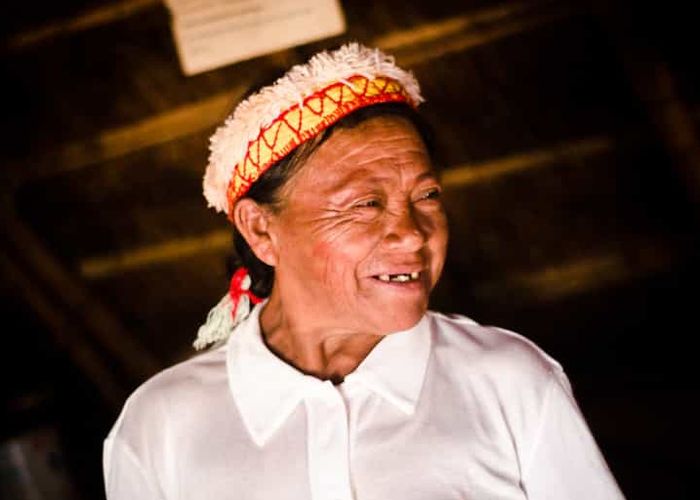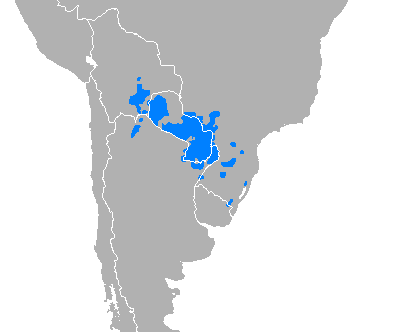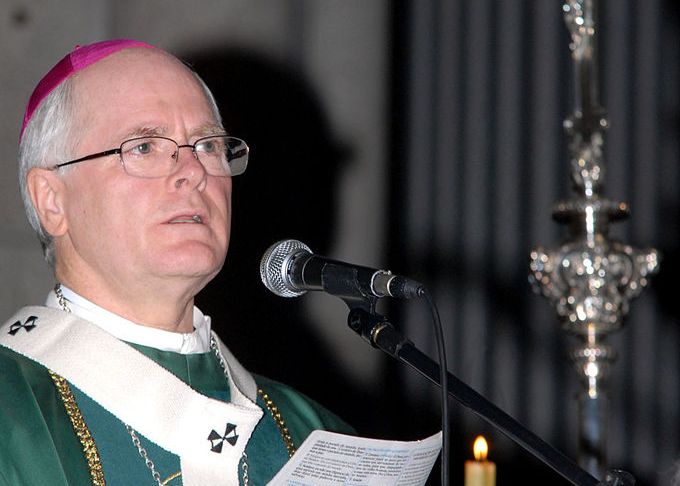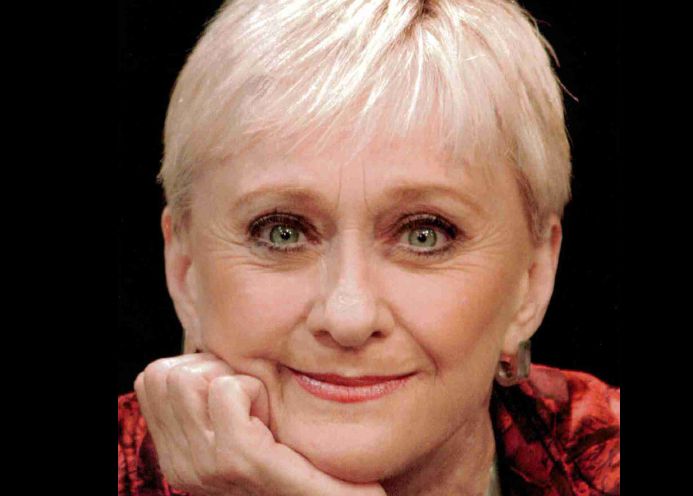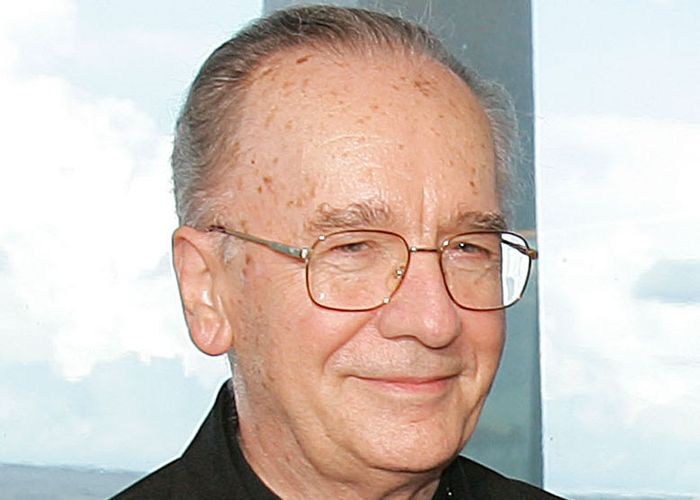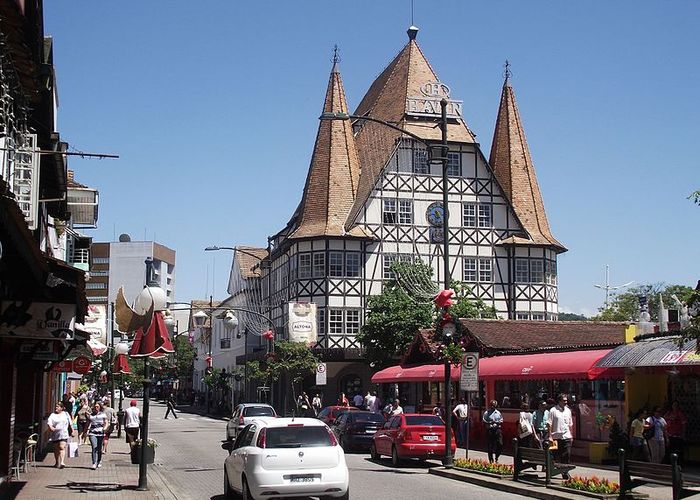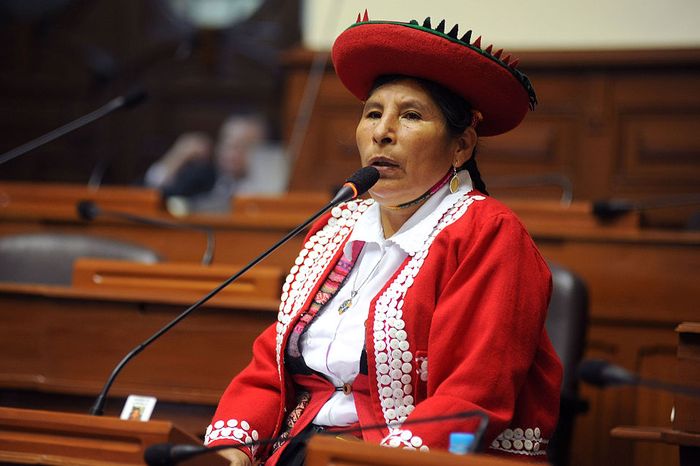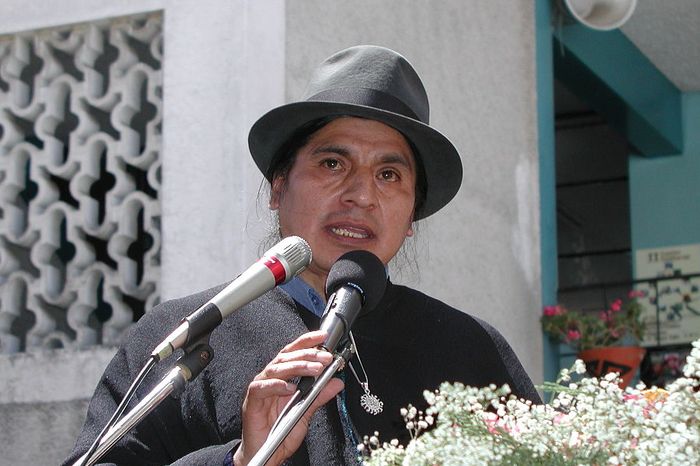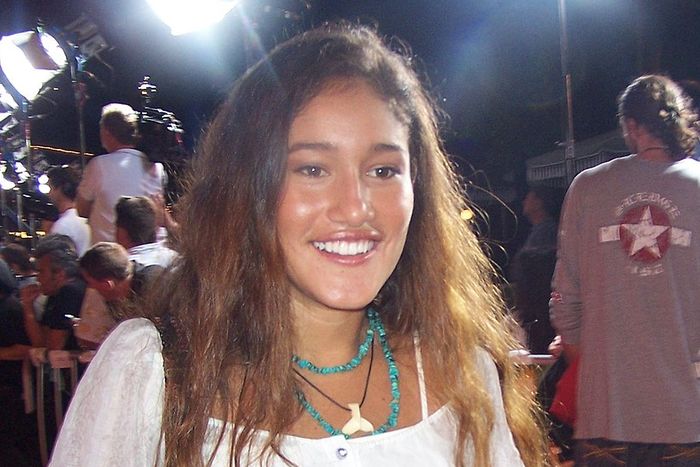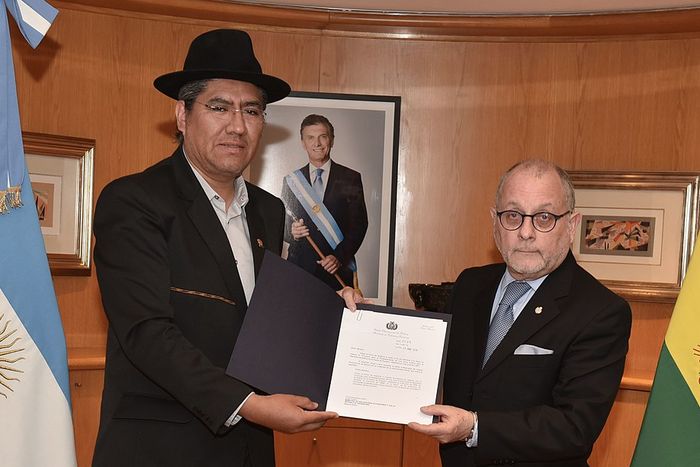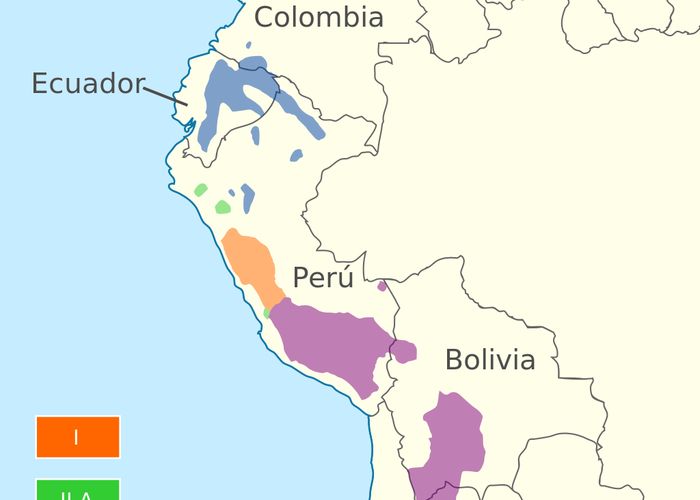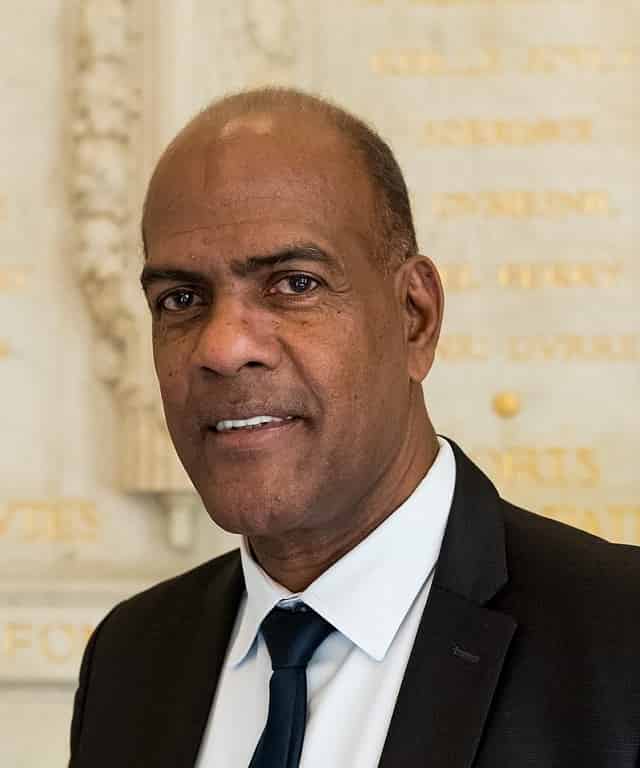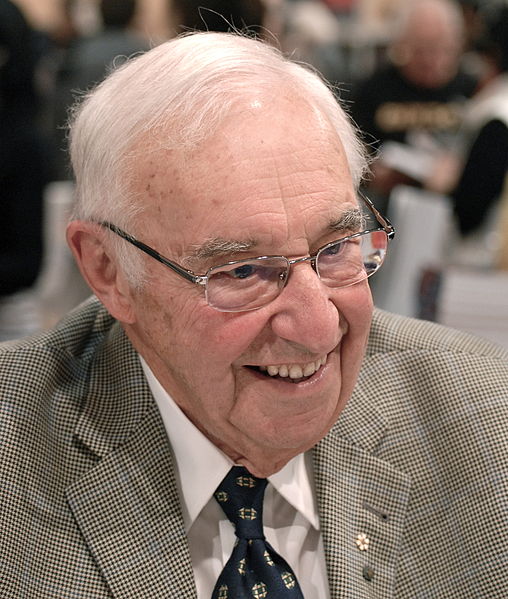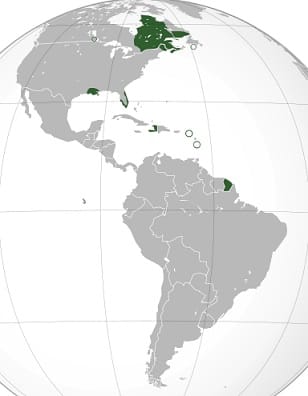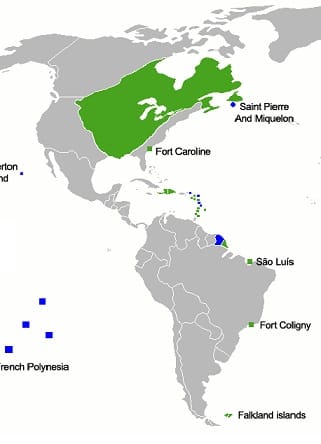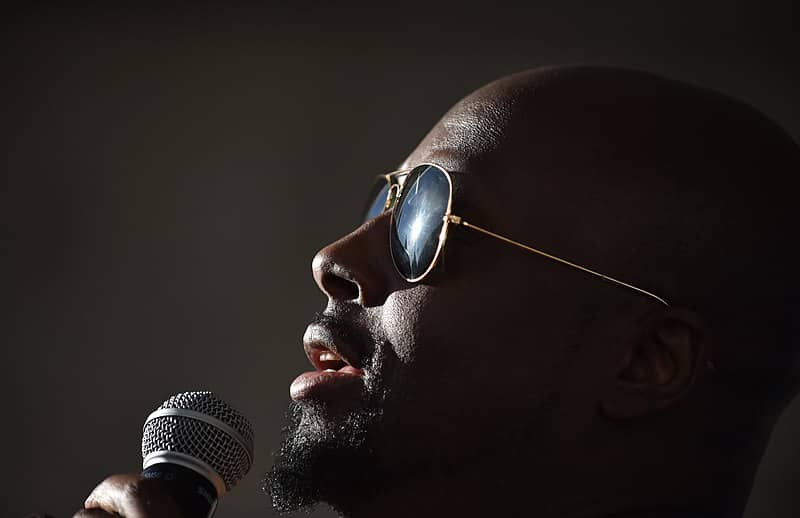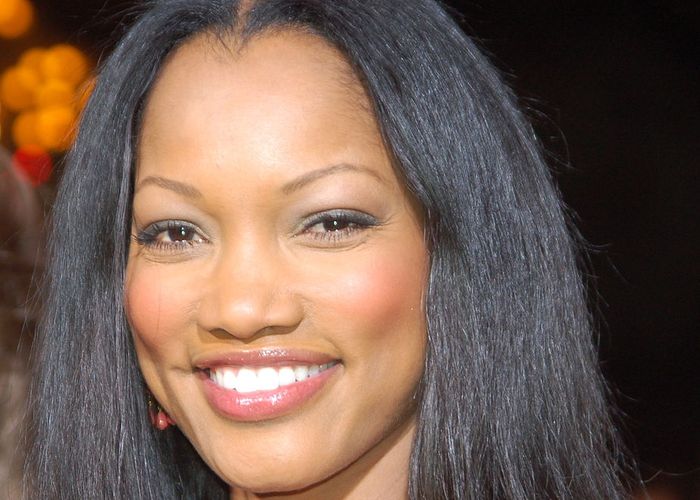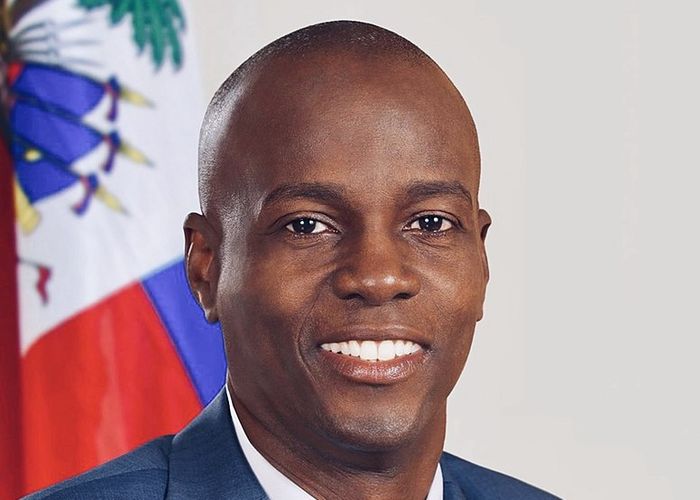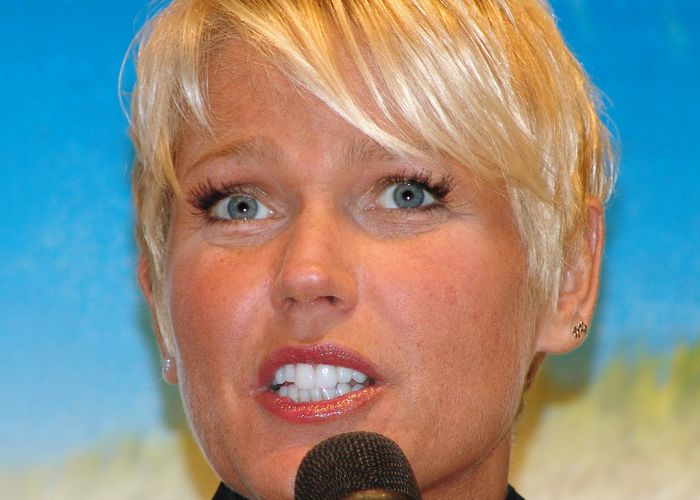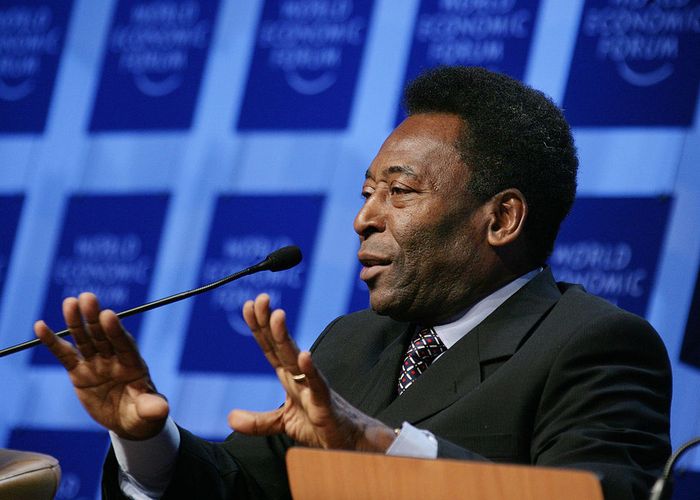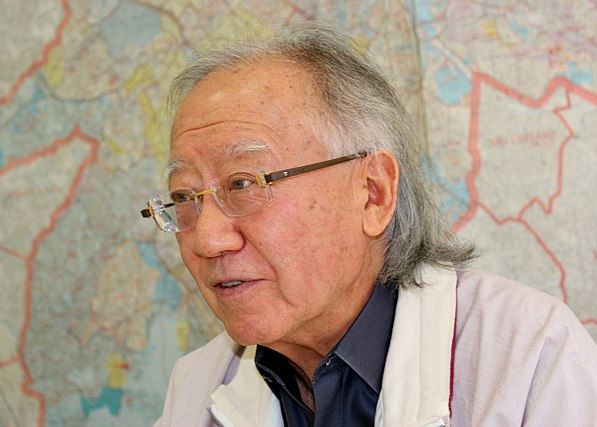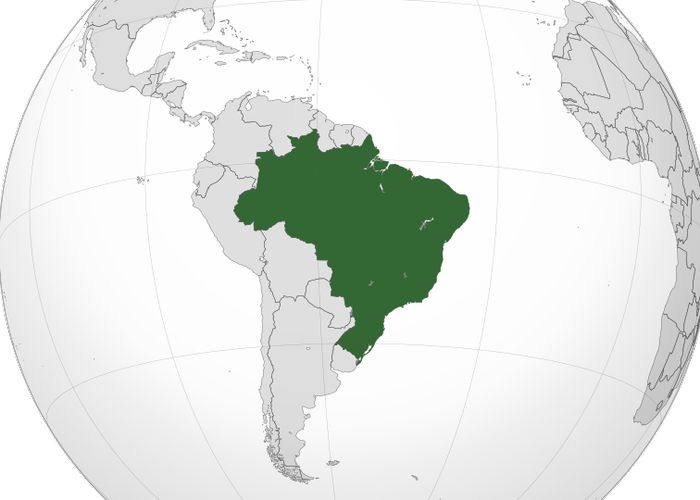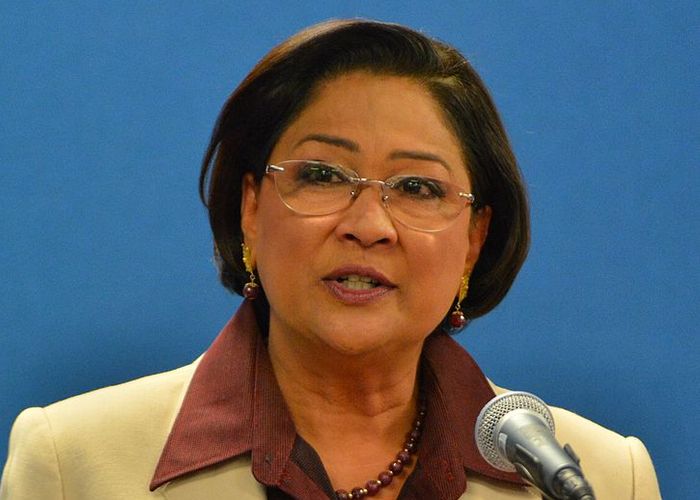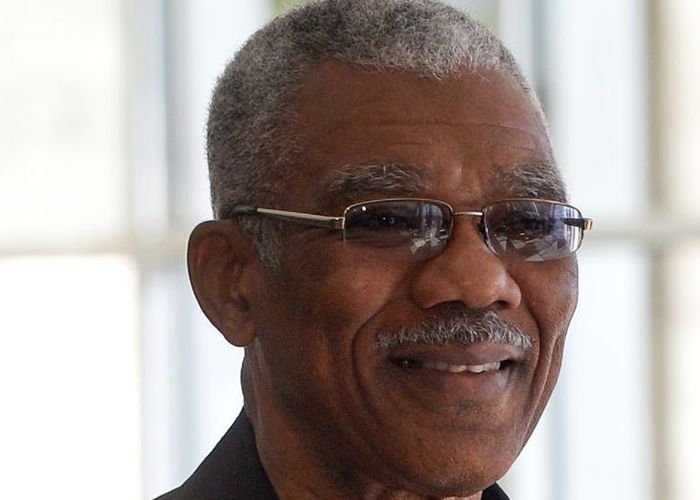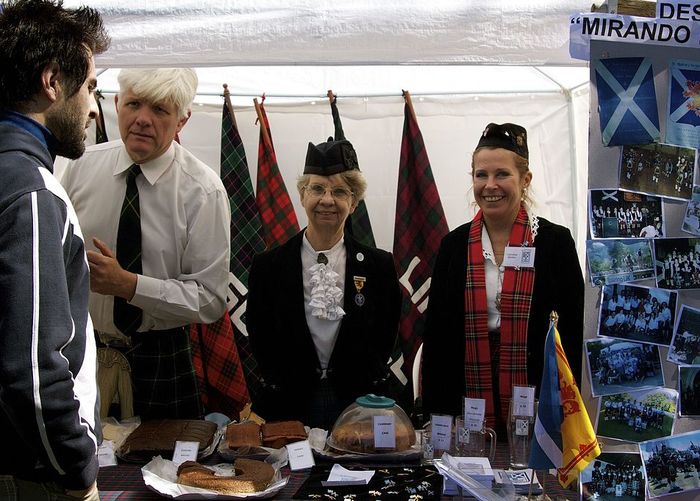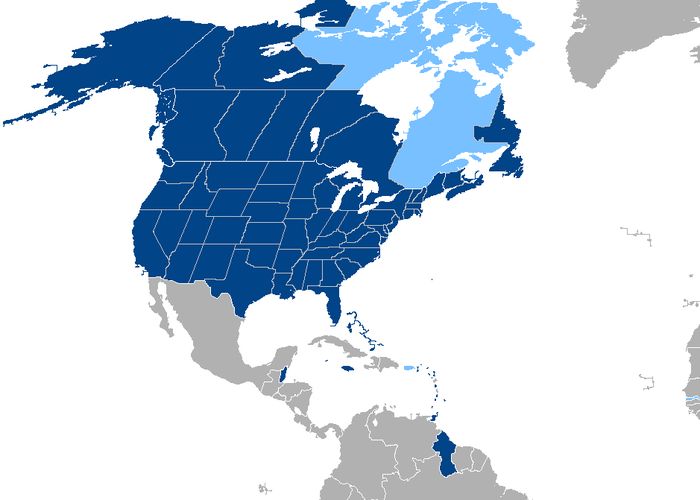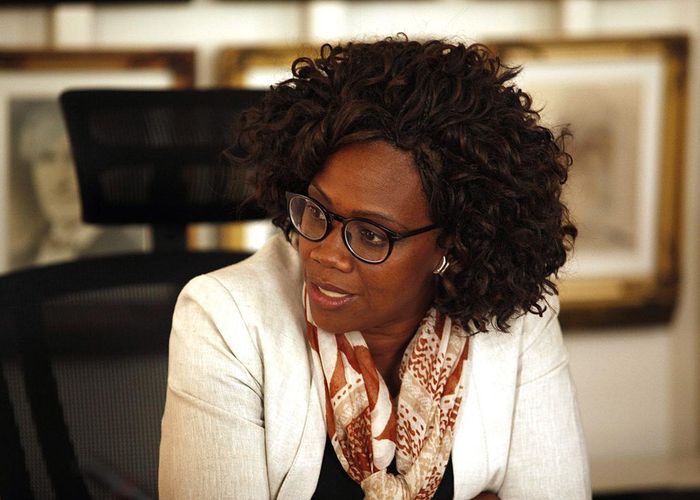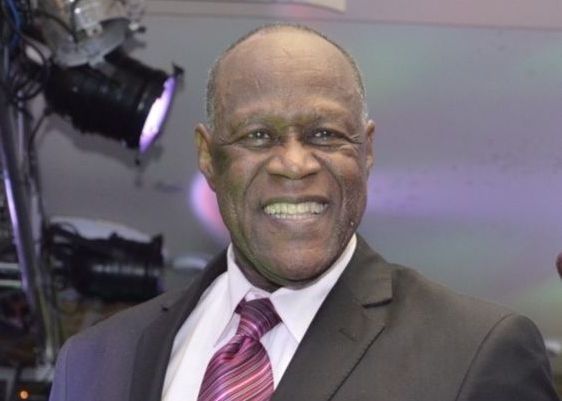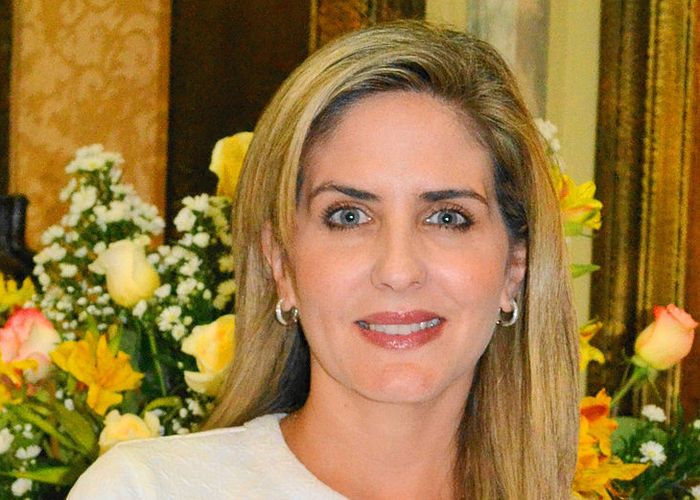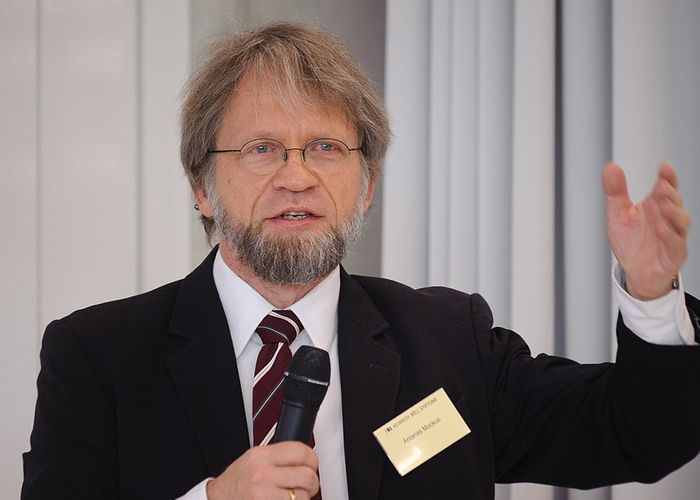Which are the most spoken languages in the Americas? You will probably guess a few, but others might come as a surprise.
*The list is mostly based on the estimates of Ethnologue and the CIA’s World Factbook. Most numbers have been rounded. If you want to have a map at hand, try this one. Here we go!
8. Guarani: 5.6 million speakers
Most countries in the Americas have a European tongue as their most spoken language. But not original Paraguay.
In this nation, most people speak Guarani, which is an Indigenous language.
80% of Paraguayans (5.6 million people) speak Guarani at home. Two million of them speak only Guarani. The others are also fluent in Spanish.
Paraguay’s neighboring countries also have a few Guarani speakers. 200,000 live in Argentina, 67,000 in Bolivia, and 6,000 in Brazil.
7. German: 7 million speakers
Germany held territories in the Americas only briefly. Nevertheless, German people have migrated to the Americas for centuries. And the migration intensified during the World Wars.
Brazil was a favored spot for German immigrants. They started arriving in 1818. No less than 25,000 Germans entered the country in each of the following decades. During the wars, the number went up to 90,000.
Entire communities in southern Brazil are made up of Germans and their descendants. In those cities, German is an official language and the language used in schools.
Nowadays, about 5 million Brazilians have German as their first language. 1.5 million of them speak standard German. 3 million more speak Hunsrik -a German dialect mixed with a bit of Portuguese. And almost 500,000 speak other variations of German, like Pomeranian.
The rest of the Americas have also received immigrants from Germany. And to a lesser extent, from other German-speaking countries, like Austria and Switzerland.
1.24 million German speakers live in the United States, 428,000 in Canada, 112,000 in Ecuador, 98,000 in Paraguay, 60,000 in Bolivia, 46,000 in Argentina, 40,000 in Mexico, 30,000 in Uruguay, 20,000 in Chile, 9,000 in Belize, and 6,000 in Venezuela.
These numbers include different varieties of German, such as Standard German, Low German, Pennsylvania Dutch (which is only spoken in the U.S. and Canada), and Hutterite. According to some scholars, these varieties are separate languages. But plenty of others agree they are all German, just different dialects.
All in all, there about 7 million native German speakers in the Americas. That makes German the seventh most spoken language in the region.
6. Quechua: 8.5 to 10 million speakers
This resilient Native language is spoken in the Andes Mountains of South America.
Different ethnic groups speak Quechua. For example, the famous -and now extinct- Inca were Quechua speakers. Quechua was the official language of their empire. But many other groups used it too.
Nowadays, there are between 8.5 and 10 million Quechua speakers.
It is difficult to pinpoint their exact number. That is because some Native populations are not overly fond of European ideas such as birth registration and census -even though they are mandatory in their countries they live in. Furthermore, Quechua-speakers live up in the imposing Andes Mountains, in remote areas, and census takers may bypass them inadvertently.
Nonetheless, there are estimates. On the conservative side, it is thought that 21% of Bolivians speak Quechua (2,400,000), 13.6% of Peruvians (3,800,000), and 13% of Ecuadorians (some 2,300,000). Some of them are monolingual, while others are also fluent in Spanish.
And a few thousand Colombians, Chileans, and Argentines also speak this macrolanguage.
5. French: 9.8 million speakers
During the colonization of the Americas, France secured territories in Canada, the United States, the Caribbean, South America, and Brazil.
Eventually, she lost many of those territories to competing nations. But she did keep its settlements in Canada for longer. And many Canadians speak French.
To this day, France has dependent territories in South America and the Caribbean.
Yet, in the Caribbean islands that are part of France -like Martinique, Guadeloupe, St. Barts-, the majority of people do not have Standard French as their first language. They speak French Creole.
Creole is a mix of languages. And it is unique to each country. So, say, Martinique’s French Creole is different from the Creole spoken on the close-by island of Guadeloupe.
Since these Creoles are considered languages in their own right, the following numbers do not count Creole speakers.
The vast majority of French speakers live in Canada: 8.2 million. The others live in the United States (1,250,000), the Dominican Republic (144,000), French Guiana (108,000), which is still part of France; Uruguay (20,000); and Argentina (16,000). A few thousand more live on islands like Dominica, Guadeloupe, and Martinique.
4. Haitian Creole: 11.1 million speakers
Haitian is an interesting mix of French and African languages.
By the 17th century, Haiti had been colonized by the French, who imported thousands of enslaved Africans to work on their plantations.
The French settlers spoke, well, French. And the recently enslaved people spoke Niger-Congo languages from Africa. So to communicate with the French, the slaves combined their tongue with French words. The result was that a new language was born: Haitian Creole.
Haitian is not understood by French speakers.
Haitian was standardized in the 20th century. And it is now recognized as an official language of Haiti.
95% of Haitians speak Creole at home (10.5 million people).
Migrating Haitians have taken their language to other countries. So 453,000 souls speak Haitian in the U.S.; 159,000 in Haiti’s neighbor, the Dominican Republic; 23,000 in French Guiana; 12,000 on the Caribbean island of Guadeloupe; and thousands more in the Bahamas, St. Martin, and Canada.
3. Portuguese: 200 million speakers
Portugal was an early contender in the race to the Americas. It explored or settled parts of Canada and the Caribbean. But it was ultimately beaten by other nations, and its colonies were crushed.
Yet Portugal managed to keep a stronghold in South America for almost three hundred years: Brazil.
The country has 209 million inhabitants. There is no official data on how many of them speak Portuguese natively, but it is estimated that 199 million do.
Brazil’s numbers could single-handedly place Portuguese third on this list.
The language is also spoken by minorities in nations such as the United States (693,000); Brazil’s neighbor, Venezuela (254,000); Canada (222,000); another of Brazil’s neighbors, Paraguay (212,000); Argentina (58,000); Uruguay (20,000); and French Guiana (13,000).
- Don’t miss: Was Julius Caesar Handsome?
2. English: 278 million speakers
English slides easily at number two.
This popular language can claim official status in the four regions of the Americas: North, Central, South, and Caribbean.
In colonial times, the British controlled two countries in North America, one in Central America, one in South America, and ten in the Caribbean. In those countries, English is still the main language.
To this day, the British have nine Realms in the Americas. Realms are countries that recognize the Queen of England as their head of state, for example, Jamaica. Other countries, such as Trinidad and Tobago, have their own heads of state by now but are still members of the British Commonwealth.
Standard English is usually the official language in those territories. And it is the language used in public functions, at school, and when writing. Nevertheless, most of the population may speak an English dialect at home.
Some of those dialects, like the Bajan spoken in Barbados, are quite similar to English. Ever heard singer Rihanna talk? Well, that is Bajan.
Some consider the dialects are separate languages from English. Others consider they are simple variations of the same language.
The United States also has territories in the Caribbean, such as Puerto Rico and the U.S. Virgin Islands. There, a percentage of the population speaks Standard English.
The numbers
In total, some 278 million people of the Americas are native English speakers.
The United States makes the greatest contribution with almost 254 million souls (77% of their population), followed by Canada with 21 million (59%).
Chile contributes 1,8 million (mostly British and Irish immigrants); the U.S.’ neighbor Mexico adds 350,000 anglophones; British-colonized Belize, 184,000; U.S. territory Puerto Rico, 159,000; British-colonized Guyana, 149,000. While Argentina randomly adds 100,000 (British/Irish immigrants and their descendants).
The rest of the anglophones live in Barbados, The Bahamas, Bermuda, and other islands of the Caribbean that were colonized by the British.
1. Spanish: 425 million speakers
If you did not see this one coming: surprise! Spanish takes the crown: it is the most spoken language in the Americas.
Spain had quite an impact on the region. It was the first European nation to colonize the New World, and the one that most extensively did so.
Nineteen countries in the Americas have Spanish as their official language. And this tongue is spoken everywhere, from Canada to Argentina.
Spanish as the language of the majority
Spanish is spoken at home by more than 99% of Colombians (48 million people), Cubans (11 million), Dominicans (10 million), Salvadorians (6 million), and Costa Ricans (5 million).
97% of Argentines (43 million) speak Spanish, 96% of Venezuelans (31 million) and Chileans (18 million), 93% of Mexicans (120 million) and Ecuadorians (15 million), 80% of Peruvians (26 million), 55% of Guatemalans (9 million), and 42% of Bolivians (almost 5 million people).
And that was just a partial list. There are plenty more countries in the Americas where the majority of the population speaks Spanish.
*The numbers might overlap with those of other languages because some people are bilingual.
Minority status
The territories in the United States that, once upon a time, belonged to Spain are still populated with Spanish speakers.
So in New Mexico, 46% of the population speaks this language at home. California (38%), Texas (38%), Arizona (30%), Nevada (27%), Florida (23%), and Colorado (21%) trail behind.
In total, 43 million people in the United States consider Spanish their only native tongue.
Almost 12 million more are fully bilingual, speaking both English and Spanish since childhood.
So, in total, 55 million people in the U.S. have Spanish as their first language. Unexpectedly, that makes the United States the second country with most Spanish speakers in the world. Only Mexico has more Spanish speakers.
Other countries that have strong Spanish-speaking minorities are Brazil (491,000), which, after all, is surrounded by Spanish-speaking countries; Canada (459,000); Paraguay (400,000); and Belize (165,000).
And there you have it. Those are the 8 most spoken languages in the Americas.
- Now, aren’t you curious to meet a South American hero? Simon Bolivar in 15 Facts -the Man who Brought Down the Spanish Empire
More Articles
